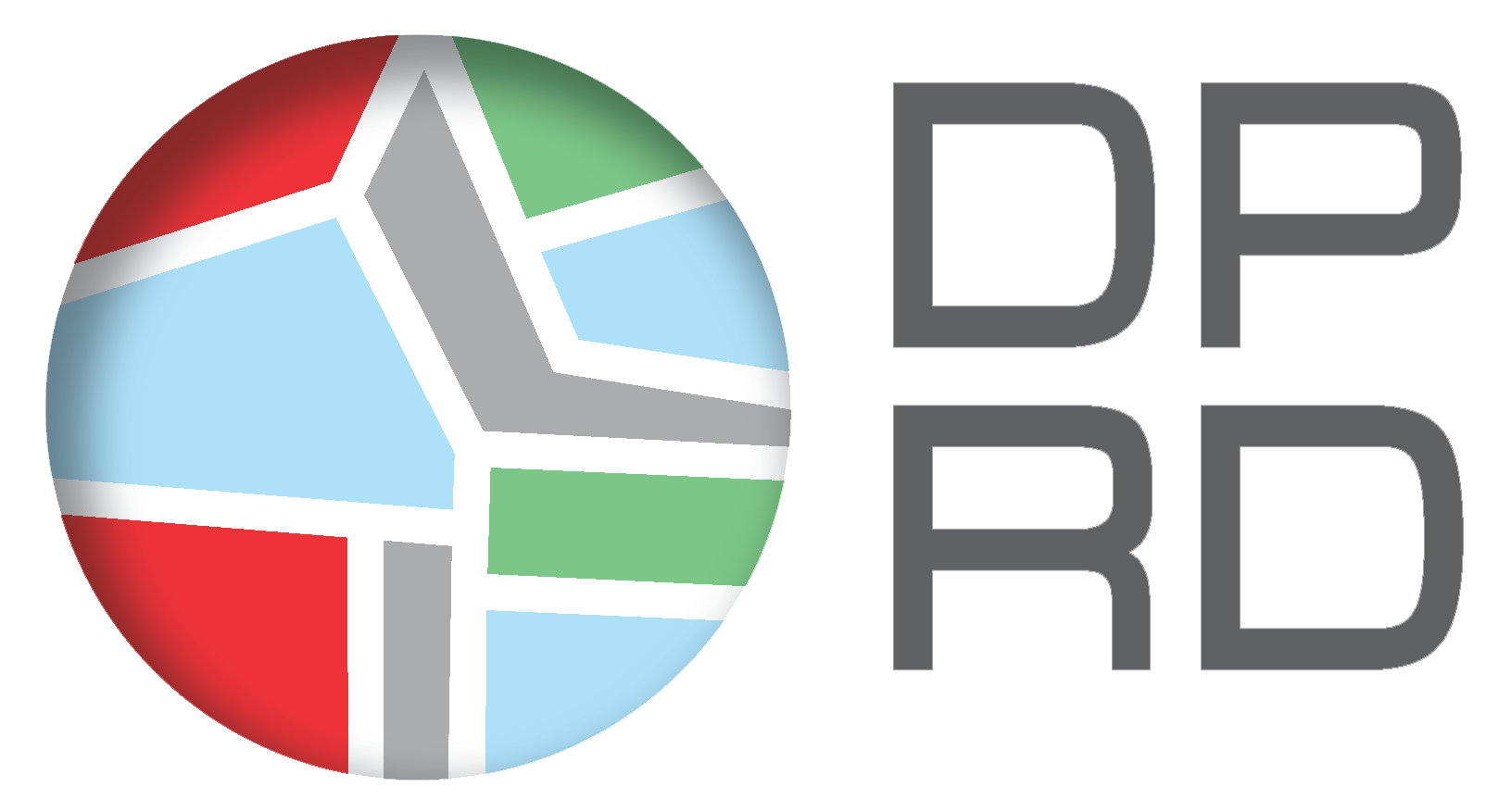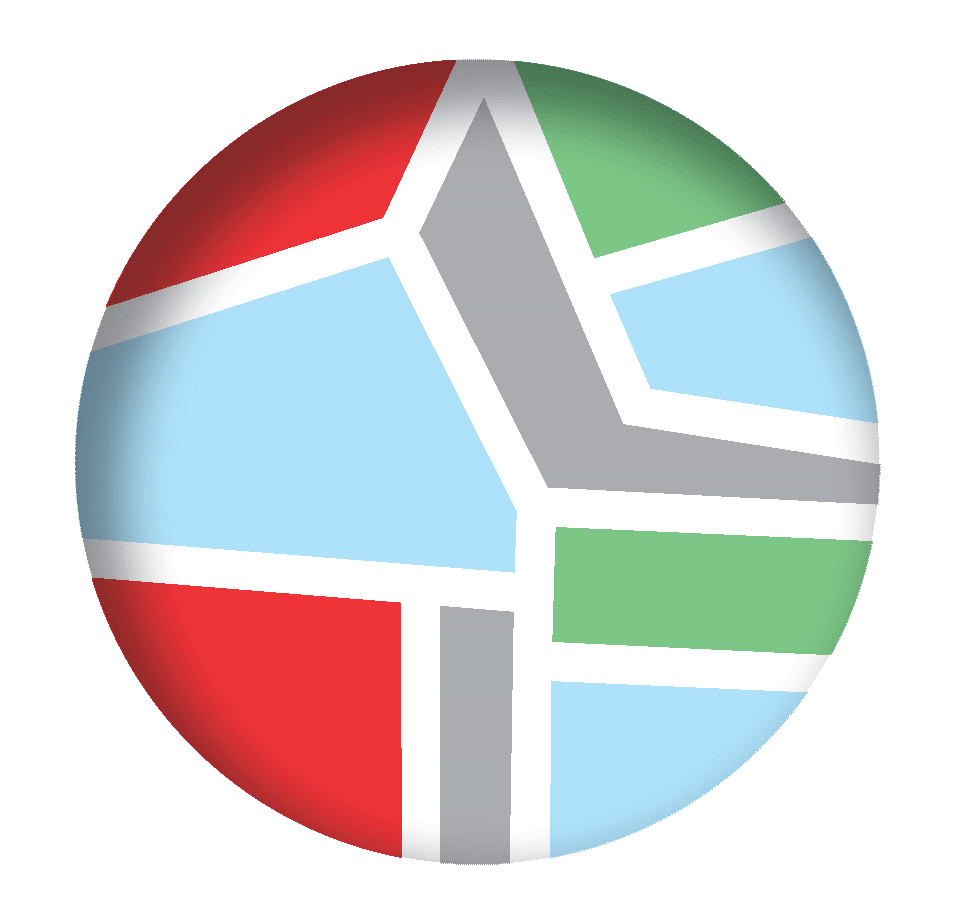
Télédétection
Course objective:
The objective of the course is to
– provide the specific conception of space by means of its registration by satellite images and to present new research conceptions in space analysis from satellite images and their derivative products, combined with auxiliary data such as topographic, thematic and other at varying spatial, temporal, spectral and radiometric resolutions.
– Provide hand-on experience to student for methods of satellite data analysis by means of modern software such as IDRISI KILIMANJARO and ERDAS IMAGINE 8.7. These applications are based on satellite images of Greece and other countries.



